TQM Basic QC Tools Possess Powerful Capability For Complex Problem-Solving
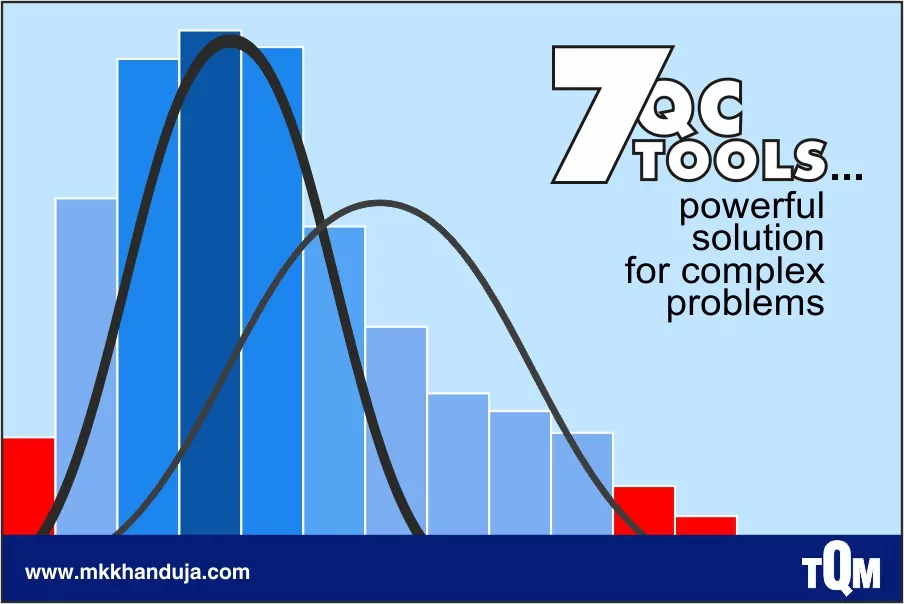
Any business enterprise as well as corporation regularly faces
challenges in the form of managerial decision-making problems. The solutions
for such problems are available through a wide range of techniques, from simple
to complex. These solutions are often addressed as TQM’s 7 Basic Quality Control tools. They offer a simple solution
for making informed decisions to organizations. The advantage that these 7 QC
tools offer in comparison to other complex methods is the simplicity with which
the observations can be interpreted and analyzed, even by junior employees who
could be less educated. Another significant benefit of these tools is that
their simplicity does not compromise their ability to deliver results. In fact,
the 7 Basic QC tools deliver satisfactory results, which combined with the ease
of use make for very powerful and effective problem-solving tools and results
in increase in productivity, efficiency and quality.
A. The concept
of TQM QC Tools was developed in
Japan, they are comprised of several basic graphical techniques that enable
organizations to make intelligent decisions. The first four tools in this list
are used for depiction through basic observations of entry-level data. They are
explained in detail below:
1. Stratification
Stratification means organizing data into categories based on certain
parameters for easier understanding and interpretation. It is also known as
‘Divide and Conquer’ technique because the given data is divided for the useful
information to be derived efficiently. This whole process provides the required
information to organizations for solving problems.
2. Check Sheet
Check sheets are used to collect data in the form of a table. The
purpose of a check sheet is to keep a note of important events in real time by
updating the data. This tool helps organizations in keeping a check on the
progress, occurrence of defects and identify causes of defects.
3. Scatter Diagram
A scatter diagram is plotted on a graph with dependent variable on the
Y-axis and independent variable on the X-axis. The data is plotted on the graph
in the form of dots. The resulting dots are joined to establish a relationship
between the data such as linear, non-linear, logarithmic, exponential etc. This
diagram helps to reflect the relationship between problems and their effects.
4. Process Flow
The process flow chart consists of a plot where data is plotted on the
X-axis against time and three lines, the central line, upper line indicating
the upper control limit and lower line indicating the lower control limit. It
is used as an indication of whether or not the process is under control
according to the current conditions.
B. The next level of tool signifies the relationship between the cause
and effect of a problem. It is commonly known as the “Fishbone diagram” or
“Ishikawa Diagram” named after Kaoru Ishikawa who introduced this concept.
5. Fishbone Diagram
The Fishbone diagram is used as a tool that indicates the relationship between
the problems and their causes. After a problem is identified, all the factors
that have an effect in causing that problem are identified. In this manner, the
fishbone diagram consists of problems, the causes leading to that problem and
further on until the root cause of the problems has been identified.
C. The last
category of 7 TQM QC Tools is used
for analysis of the data. There are two tools for this purpose, Histogram and
Pareto Principle. They are explained below:
7. Histogram
The simple definition of a histogram is that it is a bar graph that
represents, on each bar, the frequency distribution of the given data. With the
help of a histogram, an organization can identify and analyze the density
distributions and make decisions in prioritizing based on the data that has
high repetition.
8. Pareto Principle
The Pareto Principle states that 80% of an organization’s problems
concerning processes are caused due to 20% of the factors and the remaining 20%
of problems are caused due to the conglomeration of 80% of minor factors.
It seeks to identify the major and minor factors by plotting relevant
data on a chart in descending order.

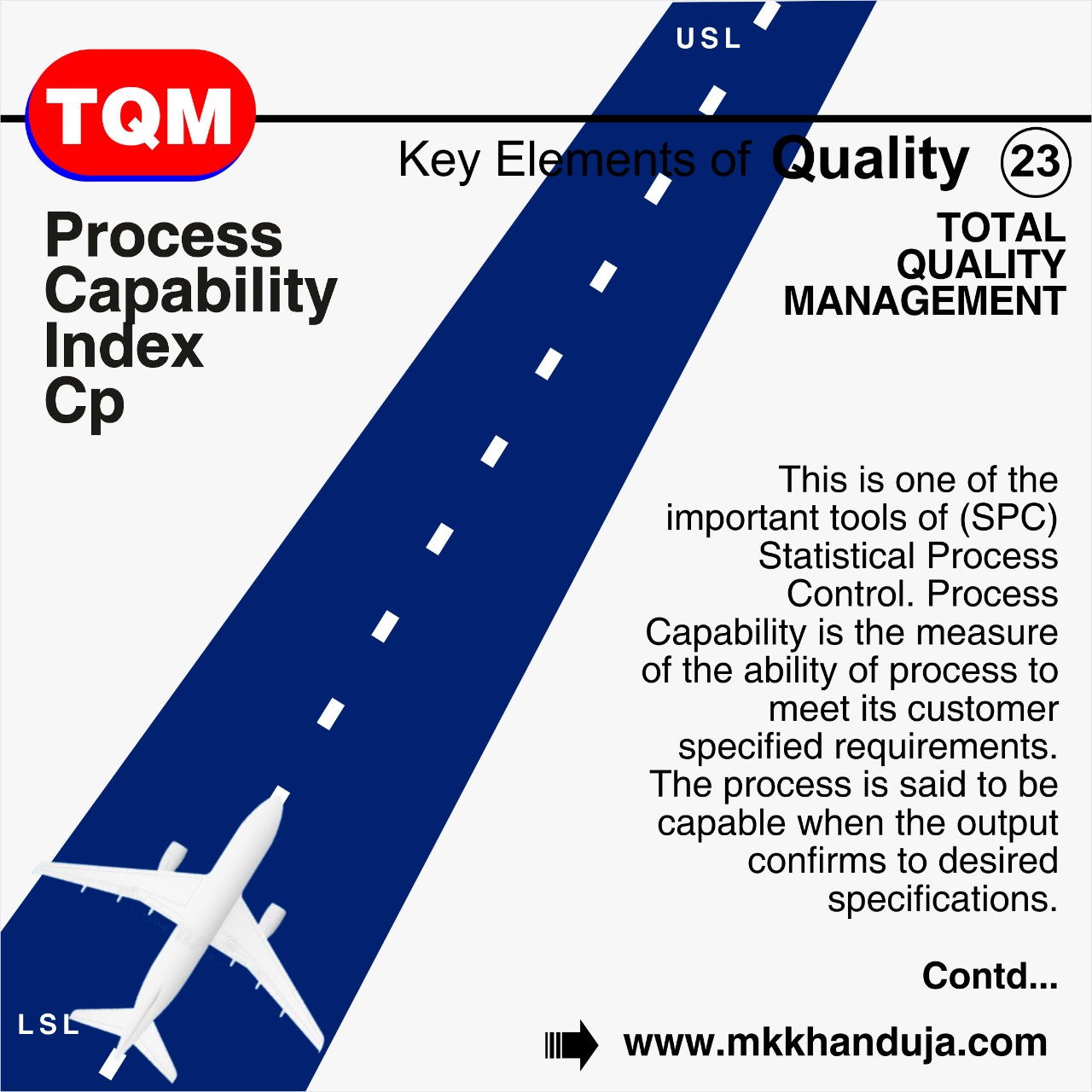
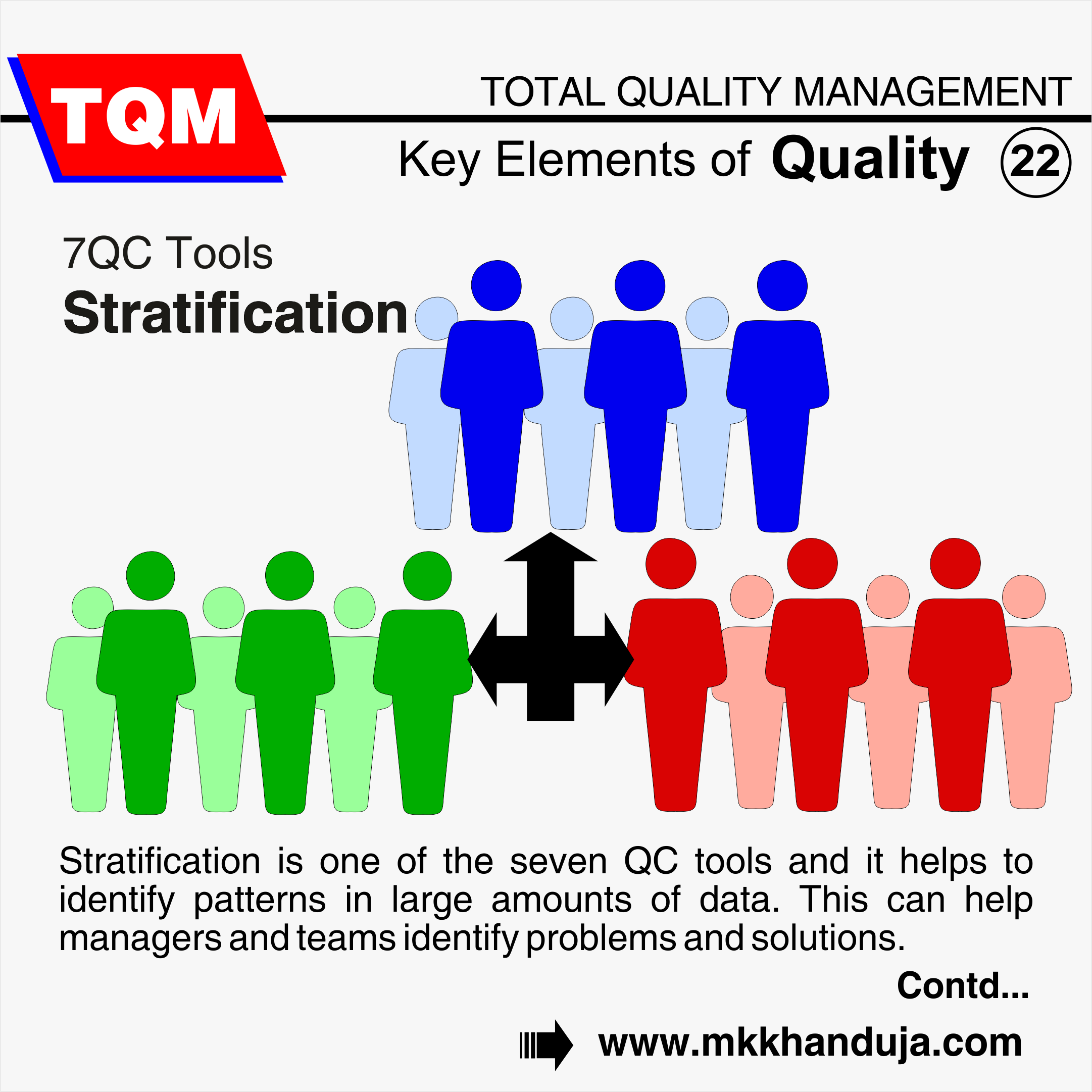
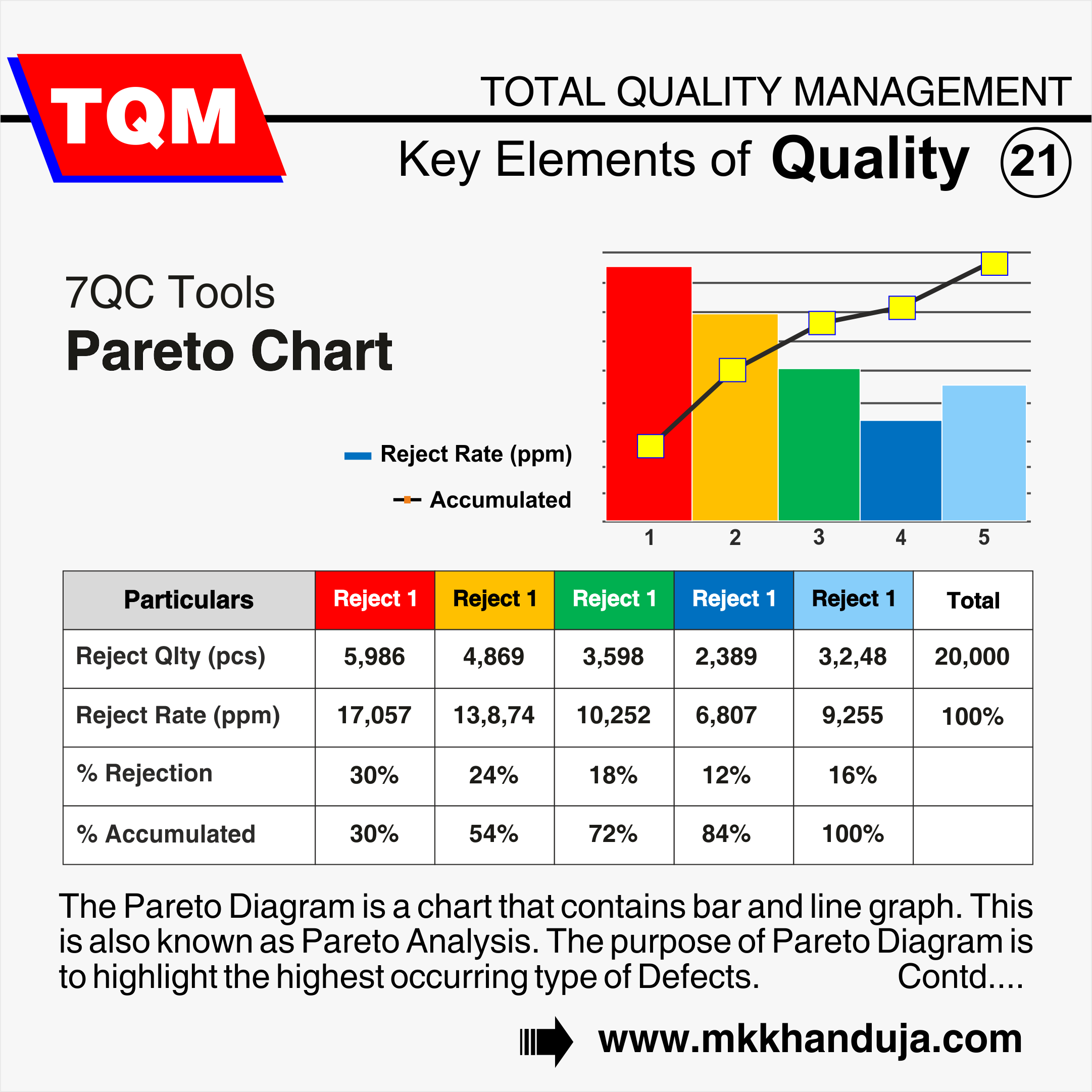
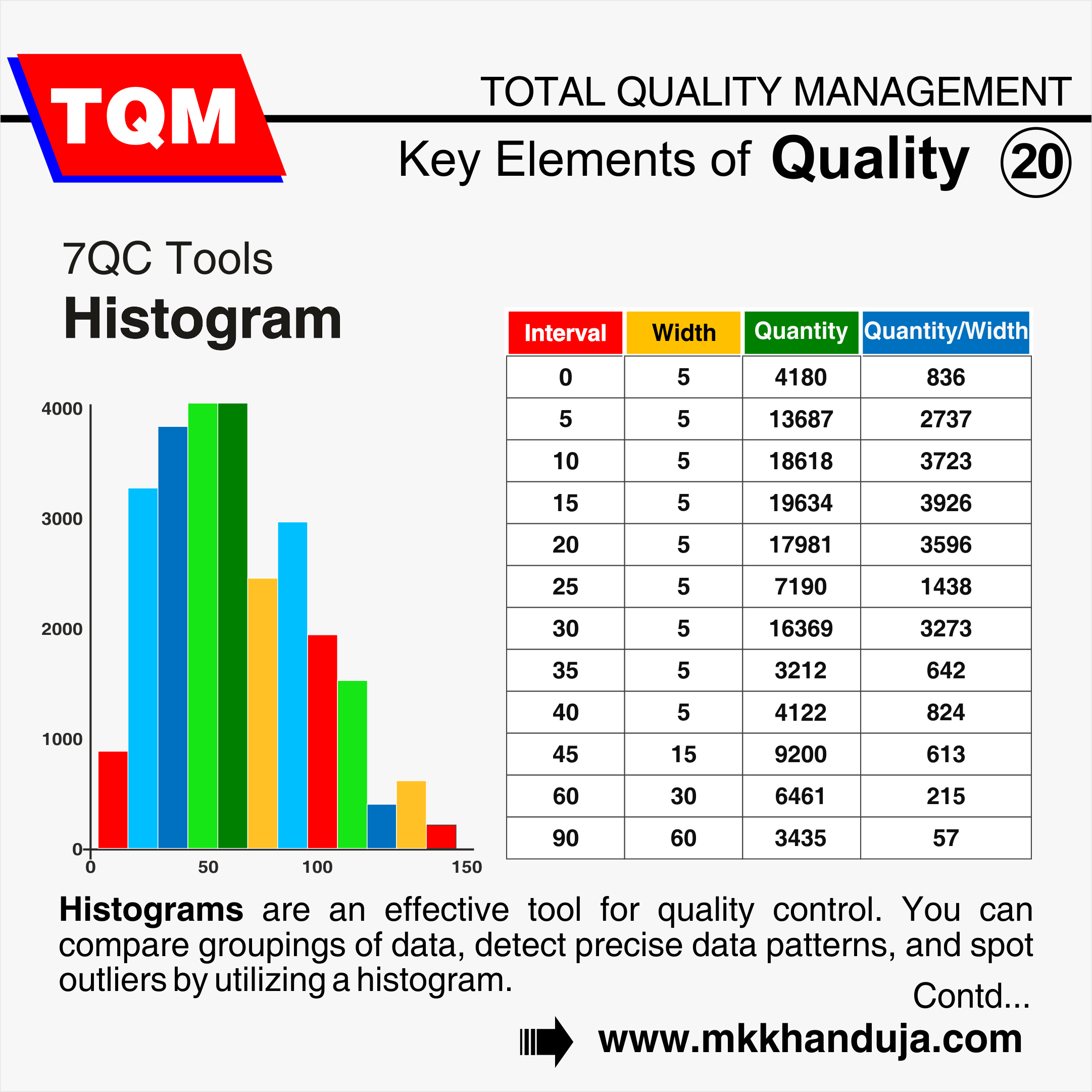
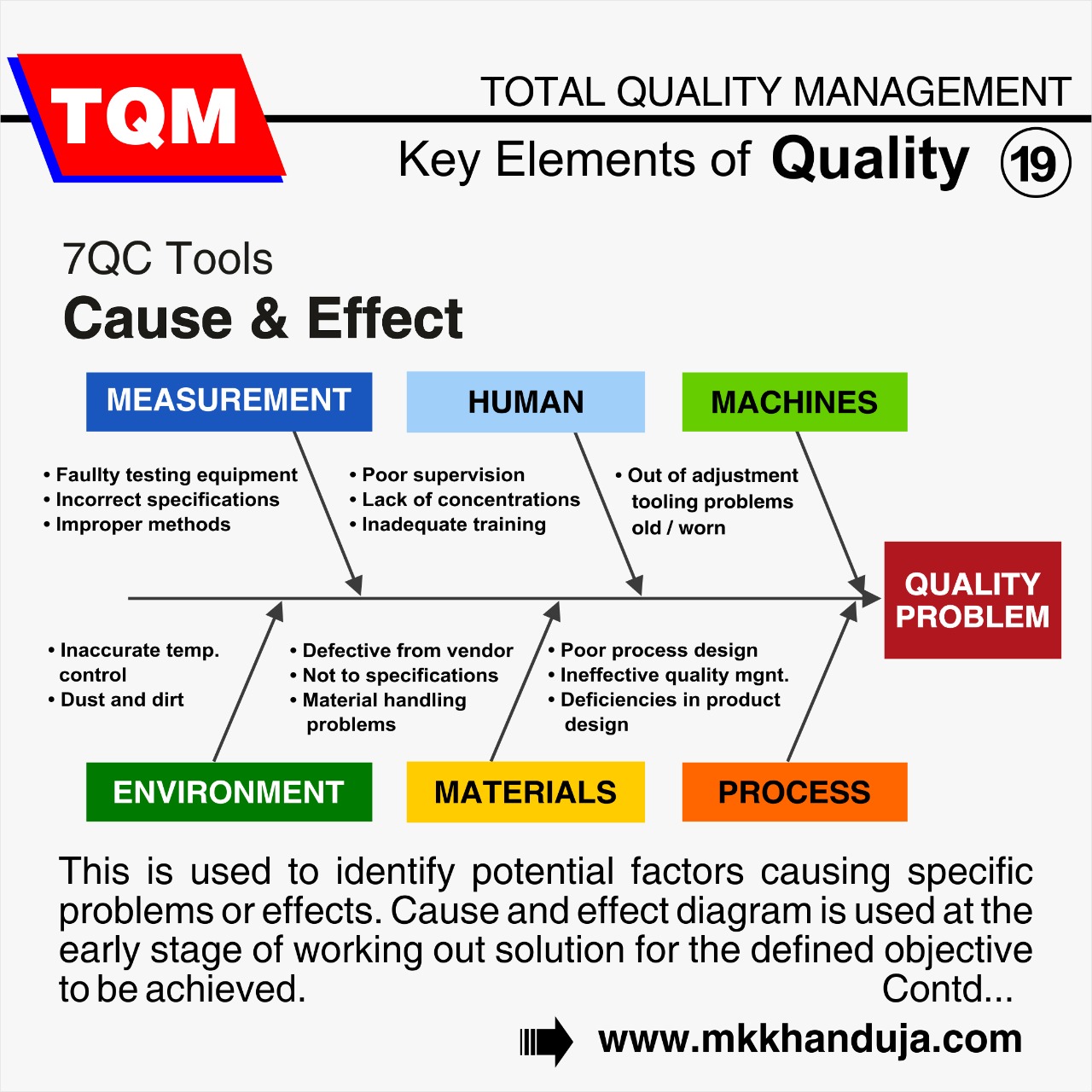
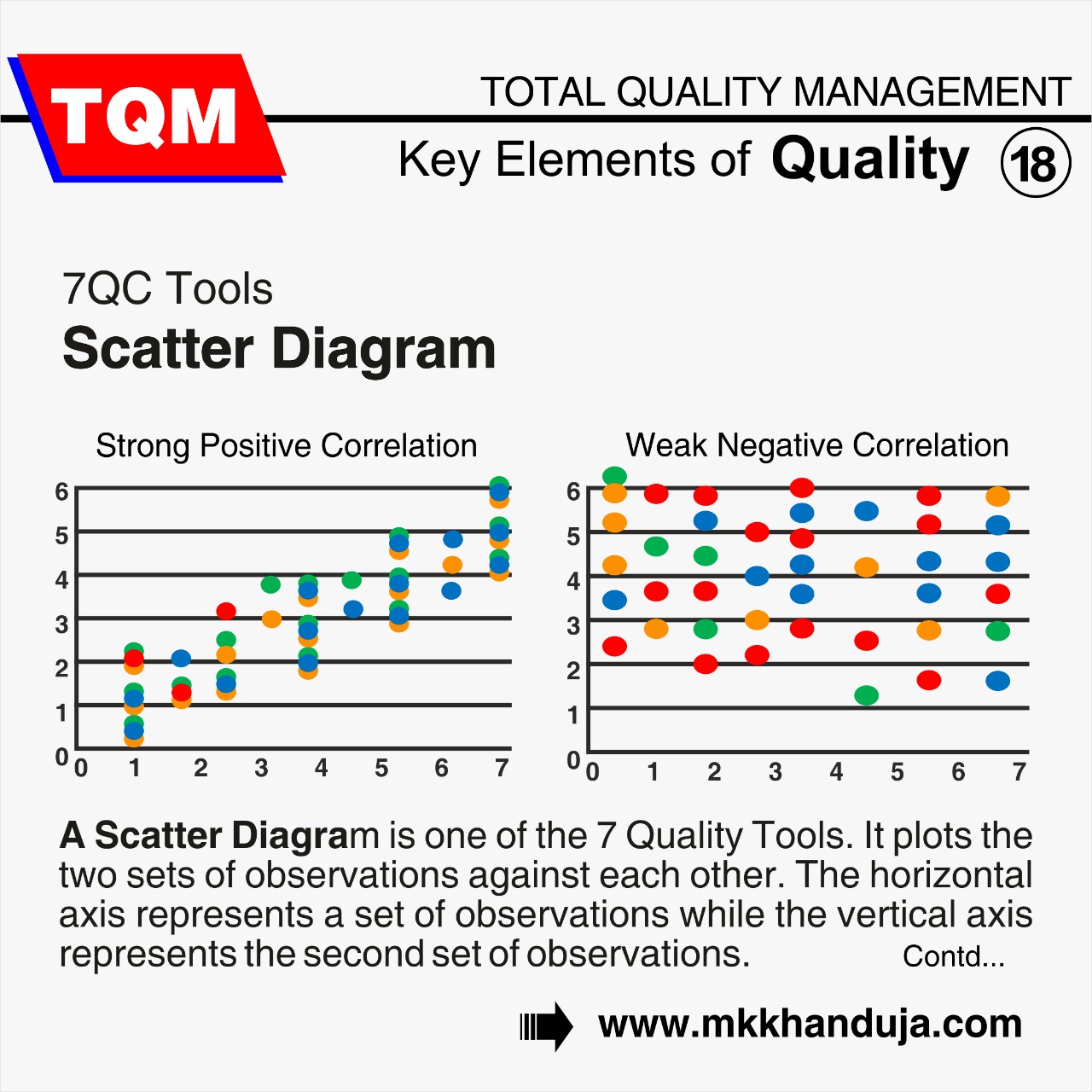
Comments